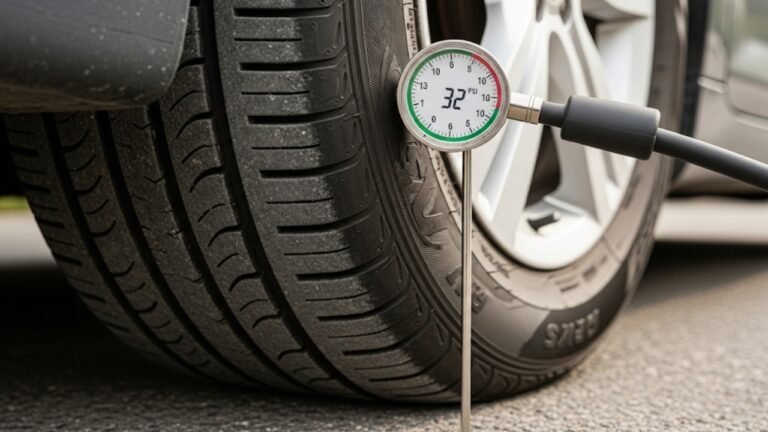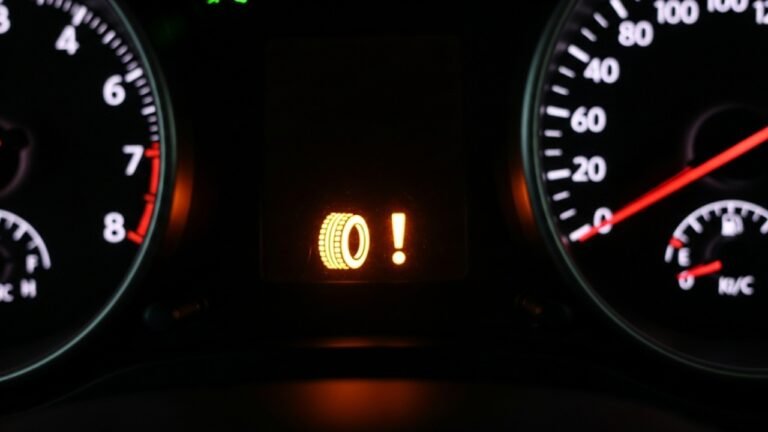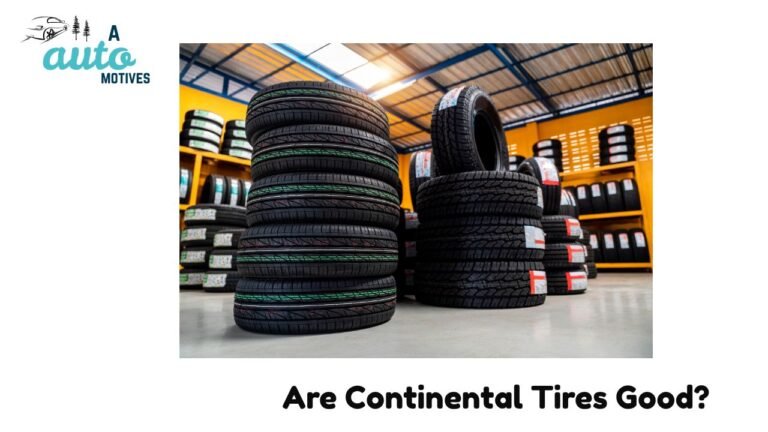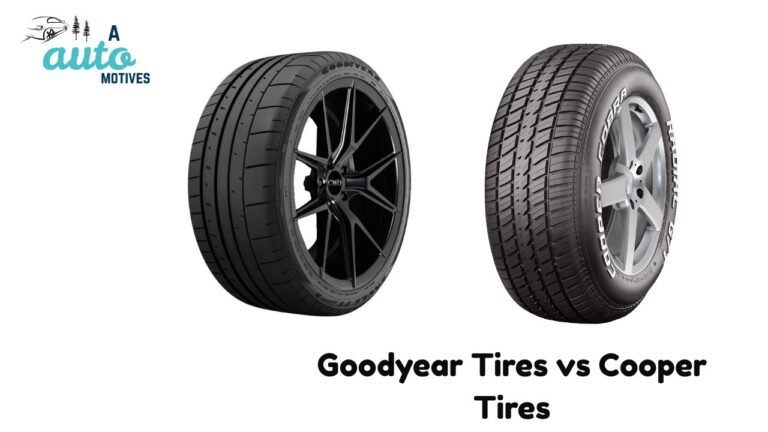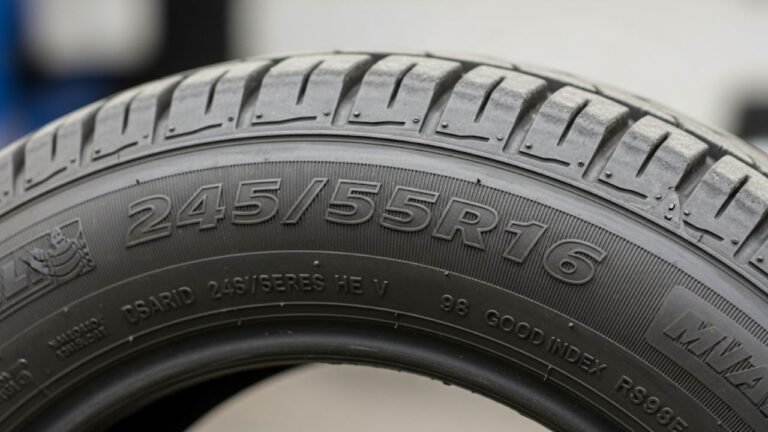What Tools Do You Need to Change a Tire?
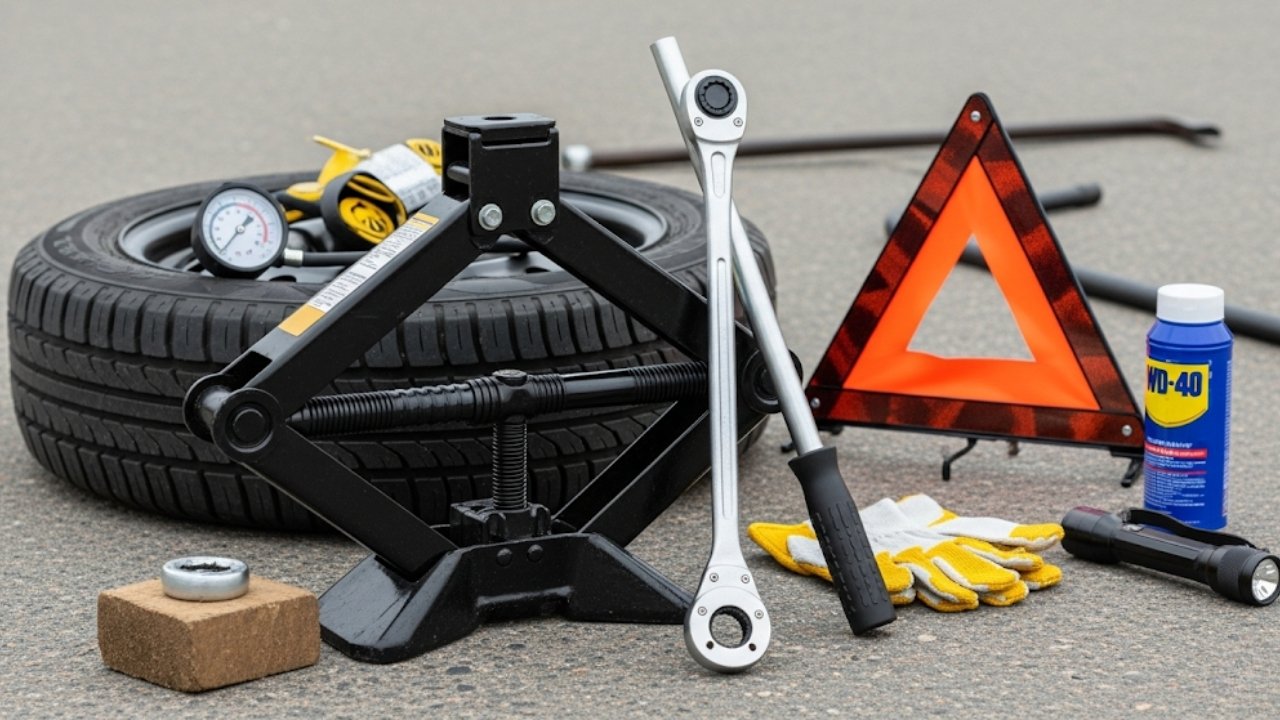
Picture this: You’re driving home after a long day. The sun’s setting. You’ve got your favorite song playing. Life feels okay. Then suddenly—thump-thump-thump—your car starts wobbling. You pull over, and there it is… the dreaded flat tire.
It’s a situation most of us face sooner or later, and it can feel like your heart just dropped into your shoes. But here’s the thing—changing a tire doesn’t have to be scary. In fact, with the right tools and a bit of know-how, you can handle it like a pro.
This article answers one simple but crucial question: What tools do you need to change a tire? Whether you’re a new driver or someone who’s never popped a trunk, I’ll walk you through everything with personal insights, relatable stories, and crystal-clear tips.
Let’s make sure that the next time your tire lets you down, you don’t let yourself down.
Why Being Prepared Matters More Than You Think
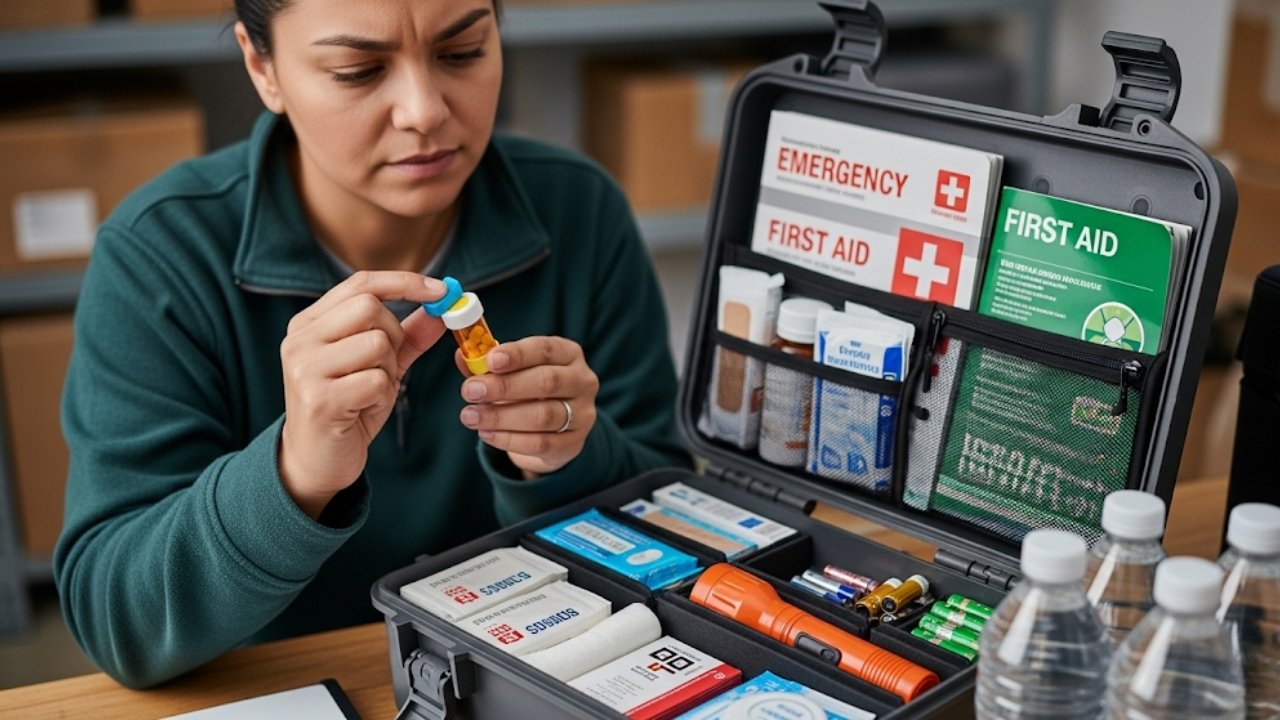
Let me tell you a quick story: A few years ago, I was heading to a friend’s wedding in a rural village in the middle of Bangladesh. I hit a sharp stone on the road. My tire went flat, and guess what? I didn’t have a lug wrench. I ended up waiting three hours for a local mechanic to arrive.
The lesson? Preparation beats panic every single time.
The Essential Tools You Need to Change a Tire
So, what tools do you need to change a tire? Here’s the core list. These are the must-haves—don’t leave home without them:
Basic Tire Changing Tools:
-
Spare tire (fully inflated)
-
Car jack
-
Lug wrench (also called a tire iron or wheel brace)
-
Wheel wedges
-
Vehicle owner’s manual
-
Work gloves
-
Flashlight (with extra batteries)
These are your bread and butter. Without them, even the most confident driver will feel helpless.
Let’s go deeper into each item and why it matters.
The Mighty Lug Wrench: Your Tire’s Best Friend
A lug wrench is what you use to loosen and tighten the lug nuts—the big bolts that hold your wheel in place. It looks like a cross or an L-shaped tool, and it gives you the leverage to turn nuts that are often super tight.
Real talk? Some factory lug wrenches are so short, they might as well be chopsticks. I recommend getting a longer extendable wrench for better torque and less sweat.
Pro Tip:
Try loosening the nuts a bit before lifting the car with the jack. The ground will help hold the tire steady, making the job much easier.
Car Jack: The Hero Lifter
This one’s obvious. Without a car jack, you can’t lift the vehicle off the ground to remove the flat tire. Most cars come with a basic scissor jack, but hydraulic jacks are stronger and smoother.
| Type of Jack | Best For | Pros | Cons |
|---|---|---|---|
| Scissor Jack | Small cars | Lightweight, compact | Less stable, slower lift |
| Hydraulic Bottle Jack | SUVs, trucks | More stable, easier lift | Heavier, bulky |
| Floor Jack | Garages or flat surfaces | Fast and smooth | Not ideal for travel |
Always place the jack under the jack point recommended in your owner’s manual. Wrong placement can damage your car—or worse, cause injury.
Wheel Wedges: Small But Mighty
You might not think of wheel wedges as essential, but they are. They prevent the car from rolling when it’s lifted. This is all about safety, especially if you’re parked on even the slightest incline.
Use a brick or thick piece of wood if you don’t have official wedges. The idea is to block the opposite wheels (e.g., front wheels if you’re working on a back tire).
Flashlight: Never Be Left in the Dark
A flashlight becomes your best friend if your flat tire happens after sunset. A good, strong LED flashlight with fresh batteries will help you see the lug nuts, jack points, and tire treads clearly.
You’d be surprised how many people fumble with phone lights—until their battery dies. Don’t be that person.
The Owner’s Manual: Your Car’s Personal Map
Many drivers ignore the owner’s manual, but it can save your life. It tells you where the jack points are, how to engage the spare tire system, and even shows you the correct bolt-tightening sequence.
If you’re asking “what tools do you need to change a tire?”—your car manual is a tool in itself.
Work Gloves: Protect Your Hands (And Nails!)
Tire changing can get grimy. You’re dealing with metal, road dirt, and sometimes rusted bolts. A pair of work gloves will keep your hands safe and clean.
Even better? If you’ve got long nails or sensitive skin, gloves help you avoid cuts and bruises. Keep a pair in your trunk—it’s a tiny investment that pays off big.
Bonus Tools That Make Tire Changes Easier
While the above are essentials, here are a few bonus tools that take your roadside game to the next level:
-
Tire pressure gauge – Check if your spare is properly inflated.
-
Portable air compressor – Inflate a low spare if needed.
-
Breaker bar – Helps loosen stubborn lug nuts.
-
Torque wrench – Ensures proper tightening.
-
Tire sealant or patch kit – For minor punctures.
Small Add-ons That Make a Big Difference:
-
Blanket or mat to kneel on
-
Rain poncho for bad weather
-
Reflective triangle or vest for visibility
-
Ziplock bag to store lug nuts while working
Common Mistakes People Make When Changing a Tire
Even if you’ve got all the right tools, things can still go sideways—especially if you’re in a rush or nervous. So, let’s talk about the mistakes people often make (and how you can avoid them).
1. Not Loosening Lug Nuts Before Jacking Up the Car
This one’s huge. Once the car is in the air, the wheel will spin, making it much harder to loosen the lug nuts. Always break them loose before lifting the car. Trust me, I’ve wrestled with this mistake—and it’s no fun.
2. Using the Wrong Jack Point
Every vehicle has specific jack points. Jack it up from the wrong spot, and you risk damaging the undercarriage—or worse, having the jack slip. Always refer to your owner’s manual.
3. Skipping the Wheel Wedges
You might think, “I’m on flat ground—I don’t need those.” But even the slightest movement can make a jacked-up car unstable. Using wheel wedges is like putting on your seatbelt—essential even if you don’t expect trouble.
4. Forgetting to Tighten Lug Nuts Properly
After mounting the spare, tighten the nuts in a crisscross/star pattern. This ensures even pressure. If you just go in a circle, the wheel may sit crooked and lead to vibration or worse, unsafe driving.
Long Road Trips? Here’s What You Should Pack
Planning a road trip? Maybe through the mountains of Sylhet or the coastal roads near Cox’s Bazar? Here’s a quick checklist to keep in your car on long journeys. Trust me, it’s worth the space in your trunk.
Tire Change Travel Kit:
-
Heavy-duty car jack
-
Breaker bar and lug wrench
-
Pre-checked spare tire (inflate it monthly)
-
Portable compressor or foot pump
-
Flashlight + extra batteries
-
Reflective vest and triangles for night stops
-
Raincoat and a ground mat
-
Work gloves and paper towels
-
A compact toolbox with screwdrivers, pliers, and duct tape
Keeping these tools handy makes you feel like your own rescue crew. No waiting, no panic—just confident action.
Tire Care Wisdom: Prevention Beats Repairs
Knowing what tools do you need to change a tire is powerful, but knowing how to prevent flats is even better.
Here are some simple habits to extend your tire life and reduce roadside surprises:
Tire Health Tips:
-
Check tire pressure once a month (use a digital gauge)
-
Look for uneven wear—could mean alignment issues
-
Rotate tires every 8,000 to 10,000 km
-
Avoid potholes and road debris
-
Don’t overload your vehicle
-
Replace tires every 5–6 years, even if tread looks fine
Your tires are like the soles of your shoes. Take care of them, and they’ll carry you safely for miles.
Summary Table: All Tools At a Glance
Here’s a handy table to keep everything clear and easy to reference:
| Tool | Purpose | Why It’s Important |
|---|---|---|
| Spare tire | Replaces the flat tire | Lets you continue driving safely |
| Lug wrench | Loosens and tightens lug nuts | Without it, you can’t remove the tire |
| Car jack | Lifts vehicle off the ground | Essential for removing/replacing the wheel |
| Wheel wedges | Prevents car from rolling | Adds safety and stability |
| Owner’s manual | Guides you on proper procedures | Helps locate jack points and spare tire system |
| Flashlight | Lights up dark areas | Vital for nighttime or low-visibility work |
| Work gloves | Protects hands | Avoids cuts, bruises, or dirt |
| Tire pressure gauge | Checks air pressure | Ensures spare is ready to use |
| Portable air compressor | Inflates tires | Useful for underinflated spare or minor leaks |
| Reflective triangle/vest | Alerts other drivers | Keeps you visible and safe on the roadside |
Final Thoughts: A Flat Tire Can Be a Power Moment
It’s easy to think of a flat tire as a disaster—but it’s also a moment of empowerment.
Think about it: You’re stuck, alone, maybe on a quiet road. And then you open your trunk, grab your tools, and fix the problem yourself. That feeling? It’s unforgettable. It’s like turning a crisis into a small, personal victory.
Learning what tools do you need to change a tire isn’t just about mechanics—it’s about independence. It’s about the quiet strength that comes from being ready for the unexpected.
So next time you go for a drive, ask yourself: Am I ready for anything? If the answer is yes—then you’re already miles ahead.
❓ Frequently Asked Questions (FAQs)
1. Can I change a tire without a jack?
Technically no. You need a jack to lift the car off the ground. Without it, removing the flat and putting on the spare is nearly impossible.
2. Is it safe to use the car’s factory jack?
Yes, but with caution. Factory scissor jacks are safe if used on flat, stable surfaces and at the correct jack point. For extra safety, consider carrying a more robust jack.
3. How often should I check my spare tire?
Check it at least once a month. Make sure it’s properly inflated and in good shape. A spare that’s flat is as useless as no spare at all.
4. Can I drive long distances on a spare tire?
Not recommended. Most spares (especially space-saver ones) are meant for short trips—just enough to get you to a garage or tire shop.
5. What if my lug nuts are too tight?
Use a breaker bar or a longer handle for more leverage. You can even use your foot to gently step on the wrench (carefully) for extra torque.
6. Should I tighten lug nuts by hand or with a torque wrench?
Start with hand-tightening, then finish using a torque wrench if available. This ensures the correct pressure without damaging threads.
7. What’s the safest place to change a tire?
A flat, solid surface—preferably away from traffic. If you’re on a highway, move as far off the road as possible, turn on hazard lights, and use warning triangles.
8. Can a tire sealant replace a spare tire?
No. Sealant is only a temporary fix for small punctures. It won’t help with sidewall damage or blowouts. Always have a full-size or space-saver spare on hand.
The Bottom Line
So, what tools do you need to change a tire? You now know the full answer—not just the tools, but the mindset, the safety habits, and the readiness to take control when the unexpected hits.
Here’s the truth: you don’t need to be a mechanic to handle a flat tire. You just need the right gear, a bit of know-how, and a cool head.
Let this be your friendly reminder: check your trunk. Build your kit. And the next time your tire gives out—you won’t. You’ll rise.

